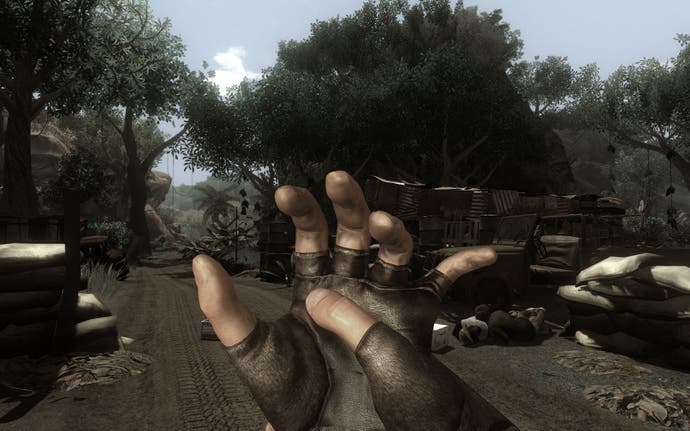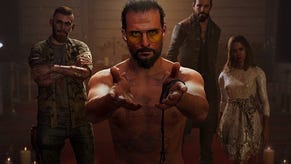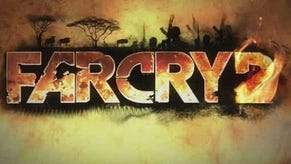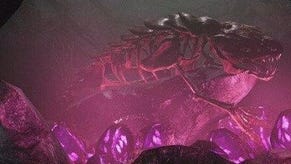Far Cry 2
Safari so good?
Explosions chuck fistfuls of leaf confetti into the air; driving through the undergrowth sees foliage whip back to attention after passing bowed underneath your axels; direct sunlight and deep gloom cause your eyes to adjust; forest fires creep and devour everything in their path, their speed and ferocity defined by whatever the dynamic weather's doing at the time.
The details: these are the graphical trimmings that ensure Far Cry 2, at least in part, matches its hype. Still, there's no denying that, with its waxy surfaces and awkward cross-hatch shadows, console Far Cry 2 falls short of its PC counterpart's high mark.
In terms of raw mechanics the game is evolutionary, not revolutionary. Along with a machete you can carry three other weapons, each mapped to the d-pad according to type. Pushing left selects your primary weapon (an assault rifle, sniper rifle or shotguns). Pressing right calls up your secondary gun (a handgun or SMG) while down selects the heavy-handed option: a rocket launcher, machine-gun or flamethrower. Weapons can be purchased over the counter at arms dealer shacks (ordered in via the lime-green interface of an ancient Amstrad) and, as in hyper-traditional RPGs, they degrade with repeated use.
Beyond its guns the game takes many of its cues from the most recent Grand Theft Auto. Along with a hand-drawn map your character also carries with him a chunky, Soviet-chic GPS tracker which is then stuck to any vehicle windscreen you appropriate. The device marks your objectives, updating your position automatically as you drive, mimicking the real life challenge of keeping one eye on the road and one on the Sat-Nav. Thanks to the narrow, winding and gulleyed tracks you'll often crash into a tree trunk simply because you were plotting the best route via GPS and missed the turning.

Maps are crucial when going off-road too. Reach a high point above a settlement and you'll be able to use a monocular to target items in the camp, which in turn adds them to your map. Using this method you can scout for ammo piles, sniper points, mounted weapons, health stations and new vehicles, forcing you take responsibility for recording where things are in the world.
Soon enough you'll fall in with your first buddy, a sympathetic character pulled from the eight others you didn't choose to play as. These befriended characters offer benefits such as bonus mission objectives or evacuation from sticky combat situations, as in GTA, but mercifully you don't have to take them ten pin bowling for the privilege.
Then, once you reach Pala, one of the region's main towns, you'll have the chance to meet with both UFLL and APR leaders, taking on missions and switching sides as you see fit - and it's in this area that the game promises to deliver freedom to the player.

The similarities to Rockstar's well-known systems are palpable. Even if the style, execution and character perspective is wholly different, the streaming world, dynamic weather, day/ night cycles, vehicle theft, map and buddy systems and branching narrative all ring familiar.
But it's a mechanical familiarity that's welcome. With Assassin's Creed, Ubisoft Montreal demonstrated an ability to pick out unusual, unfamiliar but deeply interesting game locations. Indeed, that was a title in which the delightful minutiae of the world helped distract from a lack of big picture design. Far Cry 2 presents an Africa beyond the brochure and the cliché, and it seems the development team has designed a collection of systems to compliment the focus on glorious, exacting detail.











.png?width=291&height=164&fit=crop&quality=80&format=jpg&auto=webp)



